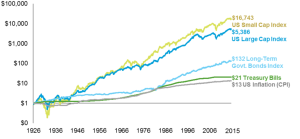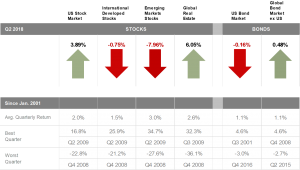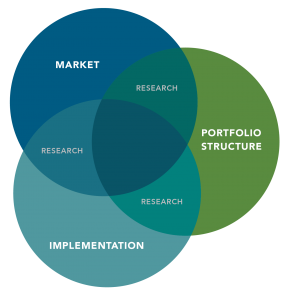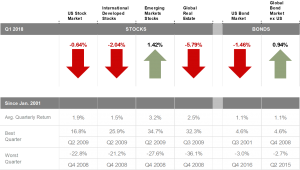October : National Cyber Security Awareness Month – Tips for Protecting Yourself
National Cyber Security Awareness Month is observed each October and is designed to increase the public’s awareness of cybersecurity and cyber-crime issues.
To help you protect your personal information, we are sharing content from the American Bankers Association’s brochure “7 Tips for Protecting Yourself Online.” According to Symantec, 12 adults become a victim of cybercrime every second. Though the internet has many advantages, it can also make users vulnerable to fraud.
To help protect yourself we recommend you follow a few easy steps:
- Keep your computers and mobile devices up to date. Having the latest security software, web browser, and operating system are the best defenses against viruses, malware, and other online threats. Turn on automatic updates so you receive the newest fixes as they become available.
- Set strong passwords. A strong password is at least eight characters in length and includes a mix of upper and lowercase letters, numbers, and special characters.
- Watch out for phishing scams. Phishing scams use fraudulent emails and websites to trick users into disclosing private account or login information. Do not click on links or open any attachments or pop-up screens from sources you are not familiar with.
- Forward phishing emails to the Federal Trade Commission (FTC) at spam@uce.gov – and to the company, bank, or organization impersonated in the email.
- Keep personal information personal. Hackers can use social media profiles to figure out your passwords and answer those security questions in the password reset tools. Lock down your privacy settings and avoid posting things like birthdays, addresses, mother’s maiden name, etc. Be wary of requests to connect from people you do not know.
- Secure your internet connection. Always protect your home wireless network with a password. When connecting to public Wi-Fi networks, be cautious about what information you are sending over it.
- Shop safely. Before shopping online, make sure the website uses secure technology. When you are at the checkout screen, verify that the web address begins with https. Also, check to see if a tiny locked padlock symbol appears on the page.
- Read the site’s privacy policies. Though long and complex, privacy policies tell you how the site protects the personal information it collects. If you don’t see or understand a site’s privacy policy, consider doing business elsewhere.
A few more best practices we would like to share may seem very basic, but each could help keep your personal information safe.
- Do not leave devices unattended. We suggest always locking or closing personal devices before walking away from your screen.
- Avoid emailing sensitive information such as credit card numbers or account numbers. Always ask the person you are emailing if they have a secure portal to provide those details.
- Back up your data regularly. Set a monthly reminder to back up your personal devices.
- Do not store personal information on mobile devices. It can be tempting to save a quick note in your phone of a password that you will want to reference easily, avoid doing that and instead use a third party password management tool.
- Do not turn off a Two-Factor or Multi-Factor Authentication service. Some vendors will allow for you to turn that functionally off or suspend the service when you log – in. We recommend keeping it active whenever you can.
- Use the passcode lock on your smartphone and other personal devices. This will make it more difficult for thieves to access your information if your device is lost or stolen.
By following these tips, you can help protect your personal information from getting in the wrong hands.
For more information, please check out this additional resource:










